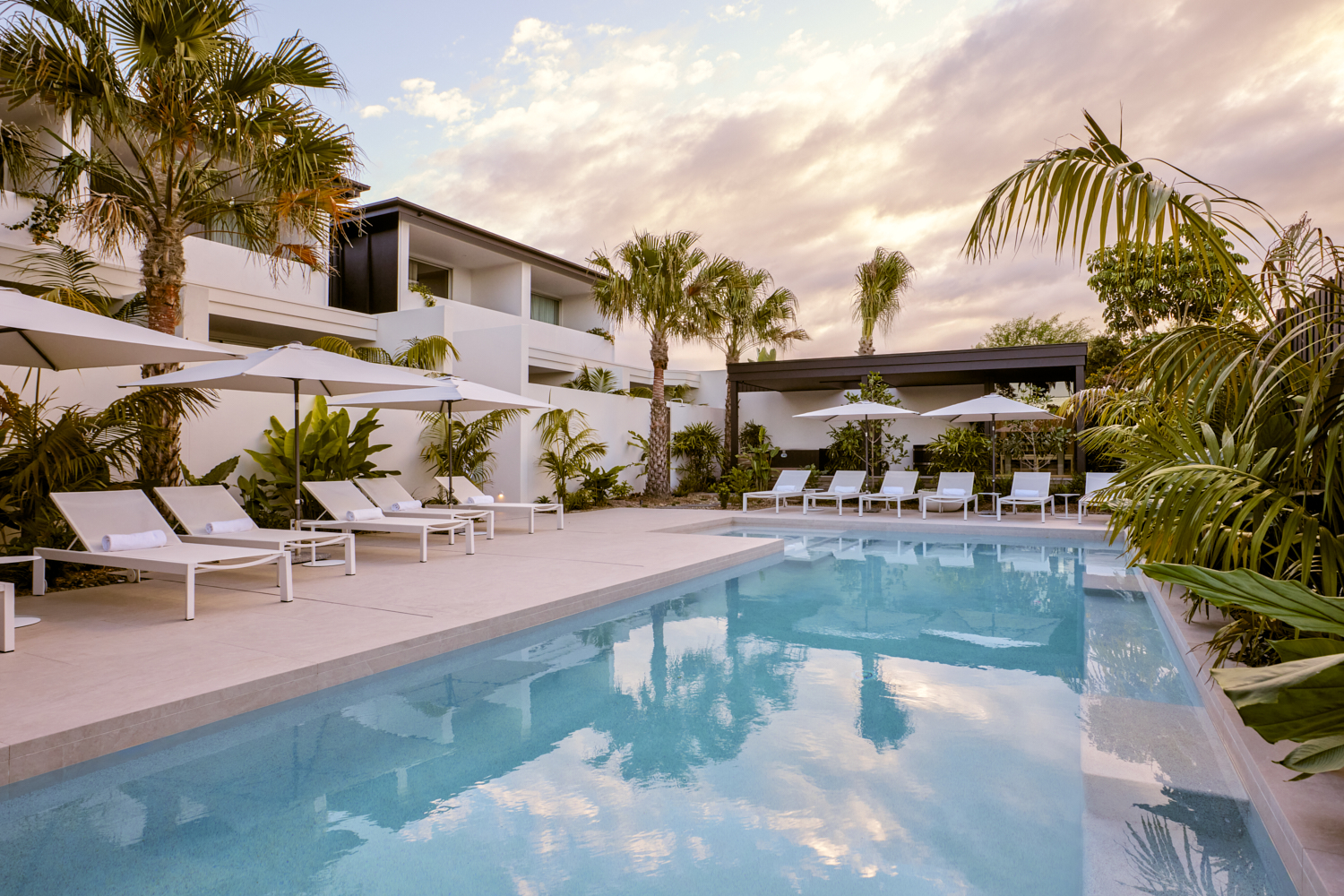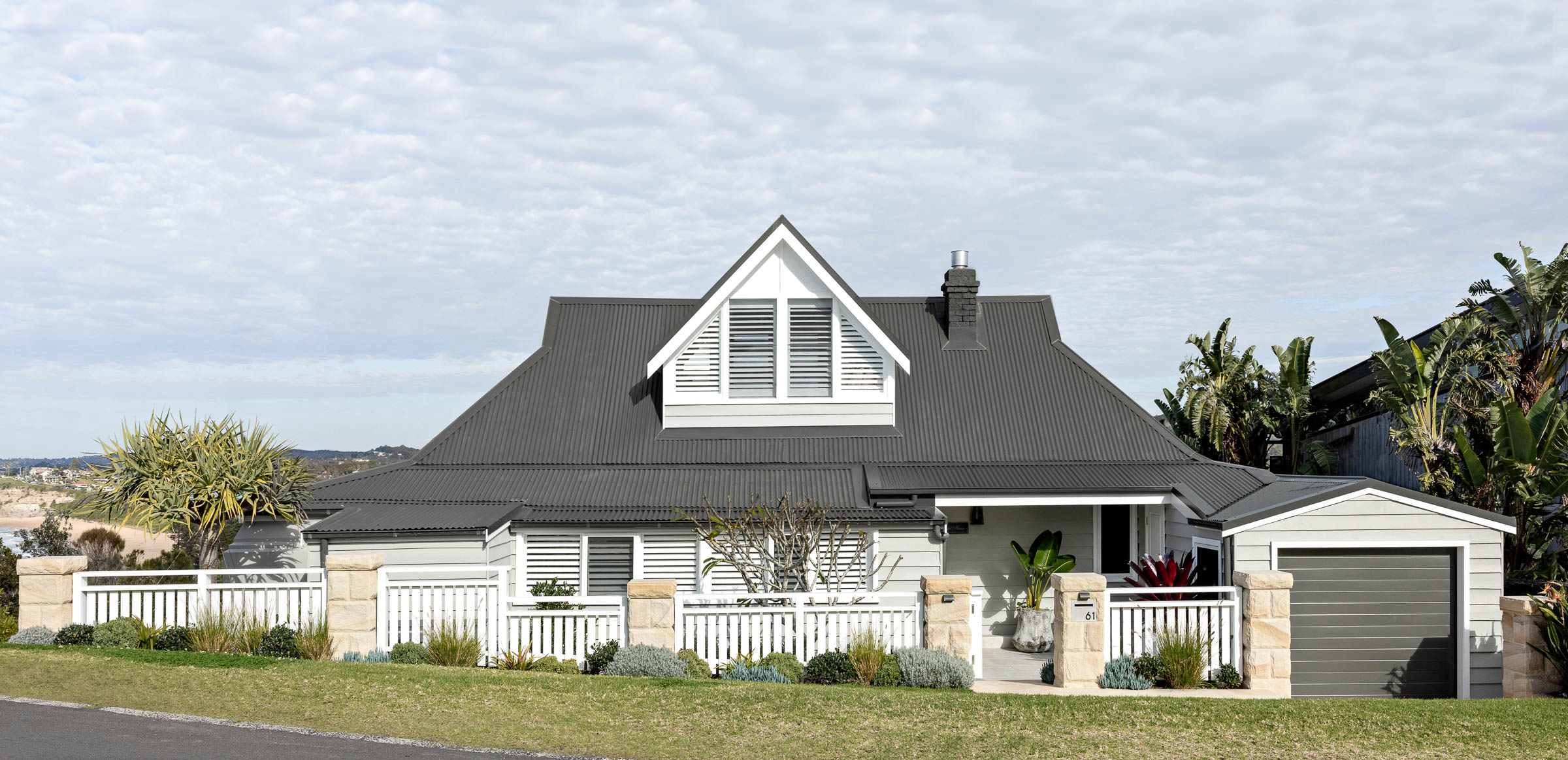Go Woke, Go Broke? Not a Chance, Say Ben and Jerry
Still best friends, Ben & Jerry’s founders speak about mixing politics with business, the ice cream brand’s future and why Ozempic doesn’t worry them
Ben Cohen and Jerry Greenfield are about as well known for their progressive politics as they are for quirky ice cream flavors like Chunky Monkey and Phish Food.
Their experiment in melding business with social justice for years seemed like a model that many in the corporate world were warming up to. And then attitudes cooled.
Some businesses have started to put less emphasis on the kinds of social and political issues that Ben & Jerry’s has championed. Certain investors have urged corporations to stick with what they know best.
For their part, the lifelong friends, both now 73 years old, say their style of corporate activism isn’t bad for business—just the opposite.
Most companies aren’t comfortable engaging with social issues because “they don’t want to potentially alienate customers,” says Greenfield. “The irony is for Ben & Jerry’s, that is what makes the company successful.”
Cohen and Greenfield say the brand is now at a crossroads after parent company Unilever said in March that it would spin off or sell its ice cream division , a move interpreted by some as the culmination of a failed experiment in mixing progressive politics with big business.
While Ben & Jerry’s has for decades worn its heart on its sleeve, some of the brand’s political pronouncements in recent years have angered certain consumers and investors. Cohen believes this is at least partly the reason for its owner’s decision to part ways. For Unilever, “Ben & Jerry’s creates a lot of problems,” he says.
Cohen and Greenfield, who still count as Unilever employees, say the upset is worth it.
The founders shared internal sales data with The Wall Street Journal that showed the brand had logged stronger sales growth than its parent’s broader ice cream business in three of the past five years. Neither side disclosed profit figures.
Unilever’s ice cream head, Peter ter Kulve , says that, “whilst we don’t always agree” with Ben & Jerry’s, the combination of the company’s leadership, the brand’s board and founders’ involvement has been successful.
Do Cohen and Greenfield think the brand could be better off with a new owner? “To have a values-aligned owner of Ben & Jerry’s would be a beautiful thing,” says Cohen.
Of all the multinationals that could have bought Ben & Jerry’s, Unilever—given its historic focus on sustainability—was seen as perhaps the best fit. But in recent years a marketing strategy aimed at imbuing all of Unilever’s brands with a social or environmental purpose fell flat . Unilever has since narrowed the strategy to a few big brands.
Both men earned millions from Unilever’s $326 million purchase of their ice cream brand and say the deal hasn’t been all bad. Unilever helped Ben & Jerry’s expand internationally—it is now sold in 43 countries—and figure out the nuts and bolts of building new factories. It also gave the brand a bigger platform to push its social mission, albeit less aggressively than the founders would have liked.
In recent years a handful of prominent brands have been hit by consumer boycotts after wading into the culture wars. Companies are also being presented with more investor proposals against environmental and social initiatives while some activists are taking companies to court over their diversity and inclusion pledges. The upshot is that companies, particularly in the U.S., are talking less about their ESG efforts.
Cohen and Greenfield say they understand the pressure public companies—including Unilever—are under to avoid thorny issues but think this limits their growth prospects. Consumers, particularly younger ones, expect brands to speak out about issues like war, racism and climate change, they say.
Frosty relations
Ben & Jerry’s began in 1978, when Cohen and Greenfield started selling ice cream out of a gas station in Burlington, Vt. They threw chunks of candy and nuts into partially frozen smooth ice cream largely because the heavily textured result appealed to Cohen, whose poor sense of smell impedes his ability to taste.
Alongside whimsically named flavours, social activism became a part of the brand’s identity early on. In 1988, Cohen and Greenfield launched Peace Pops, a chocolate-covered ice cream on a stick that advocated for cuts to U.S. military spending.
By the 90s, the brand had become one of America’s most recognisable brands, later that decade attracting takeover interest. Cohen and Greenfield say they didn’t want to sell but, as a public company, had to put Unilever’s offer to shareholders.
To keep the founders happy, Unilever agreed to let Ben & Jerry’s retain an independent board that would dictate the company’s social mission.
Despite this, “the first few years were rough,” remembers Cohen.
Unilever cut costs, making pints with less butterfat and using smaller, cheaper chunks. A proposed new flavor intended to celebrate Vermont’s law legalising civil unions for same-sex couples was scrapped.
Over the years, “the social mission rose or fell based on who the CEO was,” says Cohen. “If the CEO was into it, it prospered and if the CEO wasn’t it didn’t.”
Unilever preferred to attach its brands to more neutral causes , like reducing food waste or improving sanitation. Ben & Jerry’s, by contrast, publicly opposed what it described as Donald Trump’s “regressive agenda” by launching a flavour called Pecan Resist. It accused President Biden on social media of fanning the flames of war by sending troops to Europe after Russia’s invasion of Ukraine.
Tensions between the brand and its parent burst into public view soon after Ben & Jerry’s said it would halt sales in Jewish settlements in the Israeli-occupied West Bank and contested East Jerusalem in July 2021. It said selling in those settlements, considered illegal by much of the international community , was inconsistent with its values.
The move prompted some consumers to boycott Unilever’s brands, and U.S. pension funds to sell shares in the company.
Unilever tried to quell the furor by selling Ben & Jerry’s business in Israel without its permission. The brand then sued its parent , saying it had violated the acquisition agreement. The two sides eventually settled, but tensions persist.
“There is no other entity like Ben & Jerry’s at Unilever,” says Cohen. “They don’t understand it, they don’t really know how to deal with it and they want to run it like any other brand that they own.”
In January, Unilever prevented Ben & Jerry’s from calling for a cease-fire in Gaza, the founders say. The brand circumvented its parent by issuing a statement via its independent board.
How involved Cohen and Greenfield remain depends on to what extent any new owner permits the brand’s board to continue to pursue its social mission.
If bought by a finance-focused entity, Ben & Jerry’s will suffer, Cohen says. “They don’t realize the intangibles that are behind the numbers.”
Still eating ice cream
Born four days apart, Cohen and Greenfield have been best friends since seventh grade.
They live 2 miles from each other near Ben & Jerry’s headquarters in Vermont, and hang out regularly. “It’s more fun to do things together,” says Greenfield.
The pair have dabbled in various construction projects together, building a gazebo, cabin and bench in their free time. “It’s much more beautiful than your usual park bench,” qualifies Cohen. “We didn’t buy any lumber, we just cut down trees.”
They also get together to do physical therapy exercises to help their bad backs but dislike the dead bug, which involves lying on your back and raising and lowering opposite arms and legs.
Both men have remained involved with Ben & Jerry’s and get a salary from Unilever although they have no managerial or operational role at the company. They show up to franchisee meetings, scoop-shop openings and employee training sessions to shake hands and offer encouragement.
They see their main role as bringing visibility to causes the Ben & Jerry’s brand supports. They are currently lobbying to end qualified immunity , the controversial doctrine that says police officers and other officials can’t be sued for misconduct unless they have violated “clearly established” rights.
Recently, Unilever’s new chief executive, Hein Schumacher , visited Vermont, where he met the founders. Cohen describes him as a “nice guy” but says they didn’t spend a lot of time together. “I assume he’s a very good executive,” he says. “Business executive.”
The pair’s favourite flavours—Coconut Almond Fudge Chip for Greenfield and Mocha Walnut for Cohen—have long since hit “the flavour graveyard.” The coconut flavour wasn’t selling well enough while the mocha one drew lots of consumer complaints. “Half of them would say it had too much chocolate in it and the other half would say it had too much coffee,” says Cohen.
How worried are the founders that in an era of weight-loss drugs people could eat less ice cream?
Not at all, they say. Greenfield says people’s relationship with ice cream is about enjoyment or celebration, not nutrition. Still, people should eat ice cream in moderation. “You’re not supposed to eat a whole tub at once,” he says primly.
“I think you can eat a whole tub at once,” interjects Cohen. “You’re just not supposed to do it every day.”
 Copyright 2020, Dow Jones & Company, Inc. All Rights Reserved Worldwide. LEARN MORE
Copyright 2020, Dow Jones & Company, Inc. All Rights Reserved Worldwide. LEARN MORE
The PG rating has become the king of the box office. The entertainment business now relies on kids dragging their parents to theatres.
From farm-to-table Thai to fairy-lit mango trees and Coral Sea vistas, Port Douglas has award-winning dining and plenty of tropical charm on the side.
Selloff in bitcoin and other digital tokens hits crypto-treasury companies.
The hottest crypto trade has turned cold. Some investors are saying “told you so,” while others are doubling down.
It was the move to make for much of the year: Sell shares or borrow money, then plough the cash into bitcoin, ether and other cryptocurrencies. Investors bid up shares of these “crypto-treasury” companies, seeing them as a way to turbocharge wagers on the volatile crypto market.
Michael Saylor pioneered the move in 2020 when he transformed a tiny software company, then called MicroStrategy , into a bitcoin whale now known as Strategy. But with bitcoin and ether prices now tumbling, so are shares in Strategy and its copycats. Strategy was worth around $128 billion at its peak in July; it is now worth about $70 billion.
The selloff is hitting big-name investors, including Peter Thiel, the famed venture capitalist who has backed multiple crypto-treasury companies, as well as individuals who followed evangelists into these stocks.
Saylor, for his part, has remained characteristically bullish, taking to social media to declare that bitcoin is on sale. Sceptics have been anticipating the pullback, given that crypto treasuries often trade at a premium to the underlying value of the tokens they hold.
“The whole concept makes no sense to me. You are just paying $2 for a one-dollar bill,” said Brent Donnelly, president of Spectra Markets. “Eventually those premiums will compress.”
When they first appeared, crypto-treasury companies also gave institutional investors who previously couldn’t easily access crypto a way to invest. Crypto exchange-traded funds that became available over the past two years now offer the same solution.
BitMine Immersion Technologies , a big ether-treasury company backed by Thiel and run by veteran Wall Street strategist Tom Lee , is down more than 30% over the past month.
ETHZilla , which transformed itself from a biotech company to an ether treasury and counts Thiel as an investor, is down 23% in a month.
Crypto prices rallied for much of the year, driven by the crypto-friendly Trump administration. The frenzy around crypto treasuries further boosted token prices. But the bullish run abruptly ended on Oct. 10, when President Trump’s surprise tariff announcement against China triggered a selloff.
A record-long government shutdown and uncertainty surrounding Federal Reserve monetary policy also have weighed on prices.
Bitcoin prices have fallen 15% in the past month. Strategy is off 26% over that same period, while Matthew Tuttle’s related ETF—MSTU—which aims for a return that is twice that of Strategy, has fallen 50%.
“Digital asset treasury companies are basically leveraged crypto assets, so when crypto falls, they will fall more,” Tuttle said. “Bitcoin has shown that it’s not going anywhere and that you get rewarded for buying the dips.”
At least one big-name investor is adjusting his portfolio after the tumble of these shares. Jim Chanos , who closed his hedge funds in 2023 but still trades his own money and advises clients, had been shorting Strategy and buying bitcoin, arguing that it made little sense for investors to pay up for Saylor’s company when they can buy bitcoin on their own. On Friday, he told clients it was time to unwind that trade.
Crypto-treasury stocks remain overpriced, he said in an interview on Sunday, partly because their shares retain a higher value than the crypto these companies hold, but the levels are no longer exorbitant. “The thesis has largely played out,” he wrote to clients.
Many of the companies that raised cash to buy cryptocurrencies are unlikely to face short-term crises as long as their crypto holdings retain value. Some have raised so much money that they are still sitting on a lot of cash they can use to buy crypto at lower prices or even acquire rivals.
But companies facing losses will find it challenging to sell new shares to buy more cryptocurrencies, analysts say, potentially putting pressure on crypto prices while raising questions about the business models of these companies.
“A lot of them are stuck,” said Matt Cole, the chief executive officer of Strive, a bitcoin-treasury company. Strive raised money earlier this year to buy bitcoin at an average price more than 10% above its current level.
Strive’s shares have tumbled 28% in the past month. He said Strive is well-positioned to “ride out the volatility” because it recently raised money with preferred shares instead of debt.
Cole Grinde, a 29-year-old investor in Seattle, purchased about $100,000 worth of BitMine at about $45 a share when it started stockpiling ether earlier this year. He has lost about $10,000 on the investment so far.
Nonetheless, Grinde, a beverage-industry salesman, says he’s increasing his stake. He sells BitMine options to help offset losses. He attributes his conviction in the company to the growing popularity of the Ethereum blockchain—the network that issues the ether token—and Lee’s influence.
“I think his network and his pizzazz have helped the stock skyrocket since he took over,” he said of Lee, who spent 15 years at JPMorgan Chase, is a managing partner at Fundstrat Global Advisors and a frequent business-television commentator.
A bold new era for Australian luxury: MAISON de SABRÉ launches The Palais, a flagship handbag eight years in the making.
When the Writers Festival was called off and the skies refused to clear, one weekend away turned into a rare lesson in slowing down, ice baths included.
























